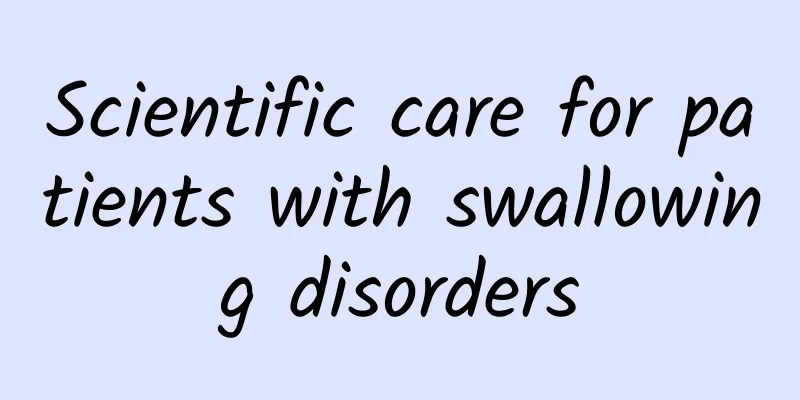Why are nipples not protruding?

|
The nipple is a part of the human breast, and many people have non-protruding nipples. Non-protruding nipples may be caused by inverted nipples. Generally, the nipples are not fully developed after birth, or the nipples are inverted. Non-protruding nipples in women may affect breastfeeding and easily affect the beauty of the breasts. It can be treated through correction after a detailed examination. Why are nipples not protruding? Inverted nipple is a relatively common disease. Nipple that is not higher than the breast skin and does not protrude when pulled is called inverted nipple. Although this disease has no direct impact on marriage, it will affect the emotional communication between couples during sexual life, and it will also make breastfeeding after giving birth inconvenient. Long-term nipple retraction causes the epidermis to be fragile, easily ruptured and infected, leading to local inflammation and eczema. In severe cases, it can cause mammary duct ectasia. Causes The occurrence of inverted nipple is generally caused by congenital development, shortening of mammary ducts, fibrosis and contracture of some tissues, and hypoplasia of nipple smooth muscle. Among them, mammary duct shortening and tissue fibrosis and contracture are the main causes of nipple inversion. Secondary nipple inversion (acquired nipple inversion) is caused by the nipple being pulled by pathological tissue in the breast or compressed by a bra or breast binder. It is often seen in diseases such as inflammation and tumors, which invade the ducts, ligaments, and fascia of the breast, causing the invaded ducts, ligaments, and fascia to contract; unreasonable breast binding or wearing too tight bras occurs in adolescence. Due to tight breasts and poor blood circulation, it causes breast hypoplasia and causes inverted nipples. Clinical manifestations According to the depth of nipple inversion, it can be divided into three degrees: 1. Partial nipple inversion, nipple neck exists, can be easily squeezed out, after squeezing out the nipple size is similar to that of normal people; 2. The second degree is that the nipple is completely sunken in the areola, but it can be squeezed out by hand. The nipple is smaller than normal and most of the time there is no nipple neck; 3. The third degree is that the nipple is completely buried under the areola and the inverted nipple cannot be squeezed out. Inverted nipples can easily cause diseases such as nipple and areola inflammation and mastitis. Severe inverted nipples can lead to mucosalization of the inverted skin accompanied by eczema. Bleeding and erosion may occur, leading to chronic inflammation. The mammary ducts are connected to the inverted area, and the inflammation can spread retrogradely into the mammary gland, causing mastitis. If nipple inversion is not corrected in time, long-term inflammation will cause the mammary ducts to shrink due to chronic inflammation, making nipple inversion more serious and easily forming a vicious circle. Inverted nipples seriously affect breastfeeding. Whether the nipples are flat or inverted, they will inevitably affect the baby's sucking, making breastfeeding difficult or even impossible after delivery. On the other hand, milk accumulation due to the inability to discharge milk may cause secondary breast infection. treat 1. Manual traction Puberty is an important period for breast development and also an important period for correcting inverted nipples. Regularly pulling the nipples can make them protrude, stretch and lengthen the mammary ducts, fiber cords and smooth muscles, and the nipples will naturally bulge outward gradually. But this requires a long time and gradual progress to achieve good results. 2. Suction therapy Similar to the working principle of manual traction, the negative pressure suction device is used to pull the inverted nipple, thereby achieving the purpose of lengthening the mammary ducts and fiber cords. 3. Surgical treatment (1) Stent-based nipple correction surgery. So far, this method is the only surgical method that can preserve the breastfeeding function. The inverted nipple is fixed to an external stent with a steel wire. After 3 to 6 months of continuous traction, the purpose of lengthening the nipple and correcting the inverted nipple is achieved. Suitable for patients with mild, moderate and severe degrees of depression. This method does not require making an incision on the skin, does not damage the mammary ducts, can preserve the breastfeeding function, and will not affect the sensation of the nipple, and has a low recurrence rate. The disadvantage is that the treatment time is long and may cause inconvenience in life. (2) Incisional nipple correction surgery can be used for women who have given birth and do not plan to breastfeed in the future, or for patients with recurrent local inflammation and severe inverted nipple deformity caused by scar traction. During the operation, the mammary ducts are completely cut off, the inverted nipple is fully loosened, and a tissue flap is designed to fill the tissue defect at the root of the nipple to strengthen the support for the nipple. |
<<: Six symptoms indicate that the fetus has entered the pelvis
Recommend
What should a 40-year-old woman do if her breasts sag?
There is a very interesting saying that goes like...
How many precautions do you know before a kidney function test?
Kidneys are the "barometer" of human me...
Letter from CDC officials to people who have not been vaccinated against the new coronavirus
Dear People, Hello! In recent months, some provin...
What causes blood in urine? Learn about the 6 main reasons
Blood in urine, medically known as "hematuri...
My boyfriend's nipple hurts after eating milk
Many couples will suck the nipples during sex. Th...
Can I apply medicine if I have athlete's foot in the late pregnancy?
There are many people suffering from athlete'...
What are the most common causes of nipple pain?
Women will experience breast pain for at least a ...
Gram-negative bacilli vaginitis
What kind of disease is Gram-positive-negative st...
These four exercises can make your breasts more attractive
If you want to highlight your breast curves, then...
What to do if you have stretch marks on your buttocks
For mothers who have had children, it is inevitab...
What causes menstrual back pain?
Many women will experience lower back pain during...
Will the amount of vaginal discharge increase before menstruation?
Menstrual problems make many women suffer in thei...
What are the dangers of high blood coagulation in pregnant women
Hypercoagulability during pregnancy is a relative...
How to treat fungus in women
The prevalence of candidal vaginitis in women is ...
Can girls eat oranges during menstruation?
When women are young, there will always be a few ...









